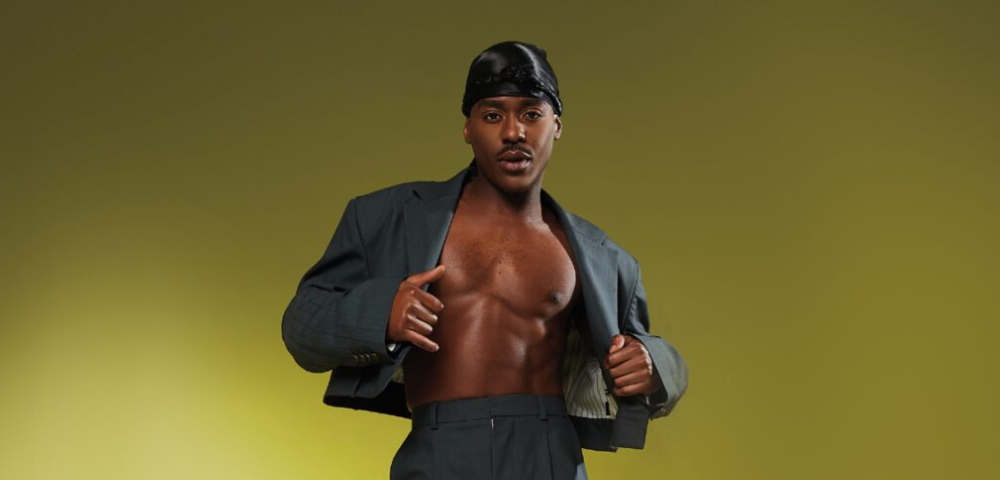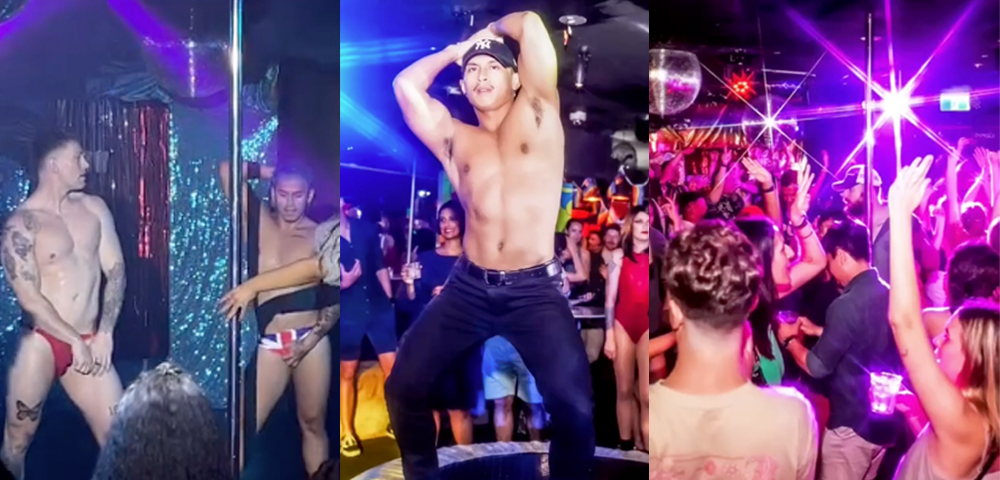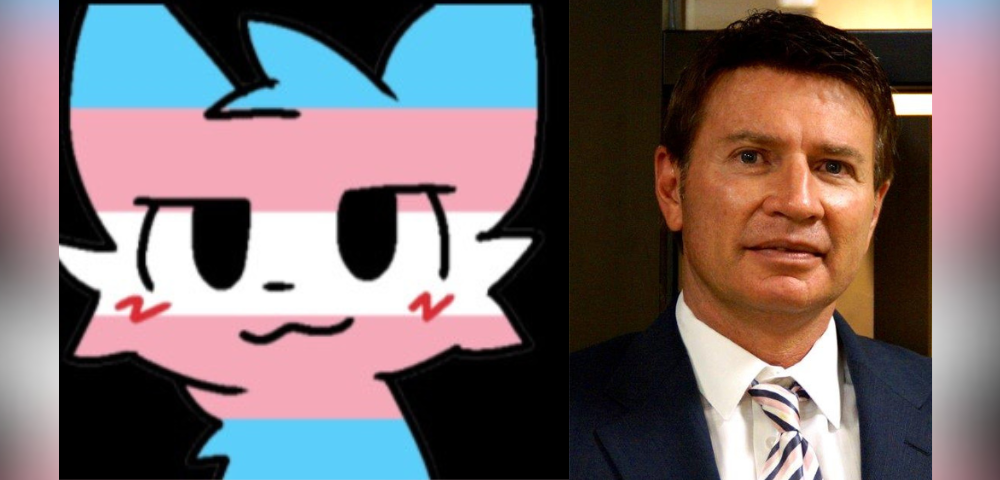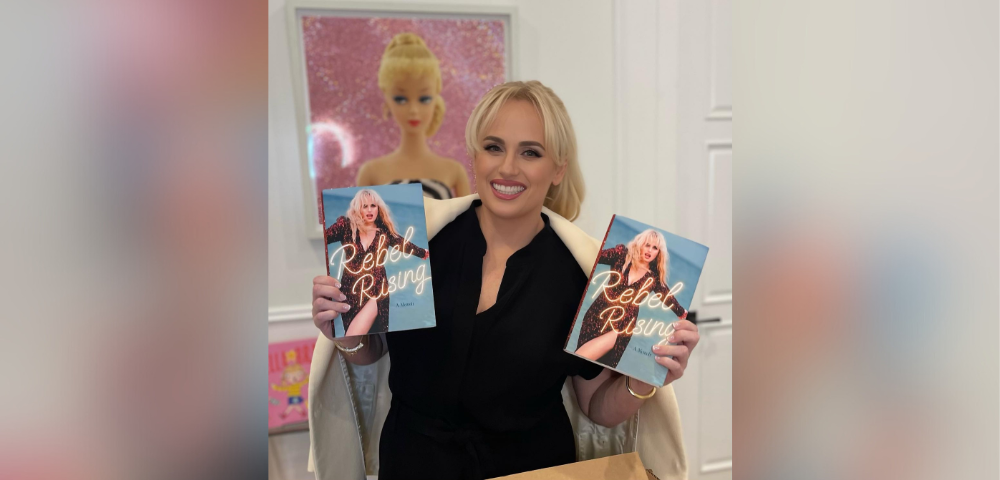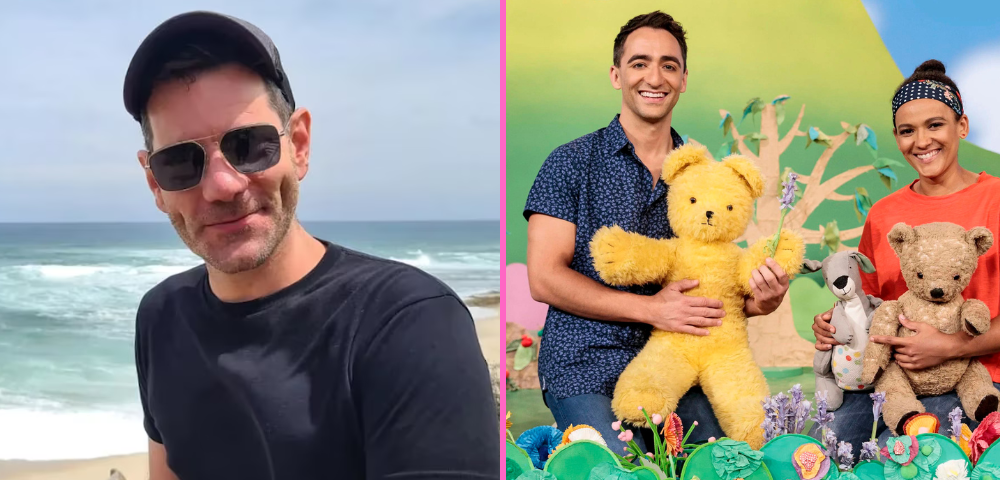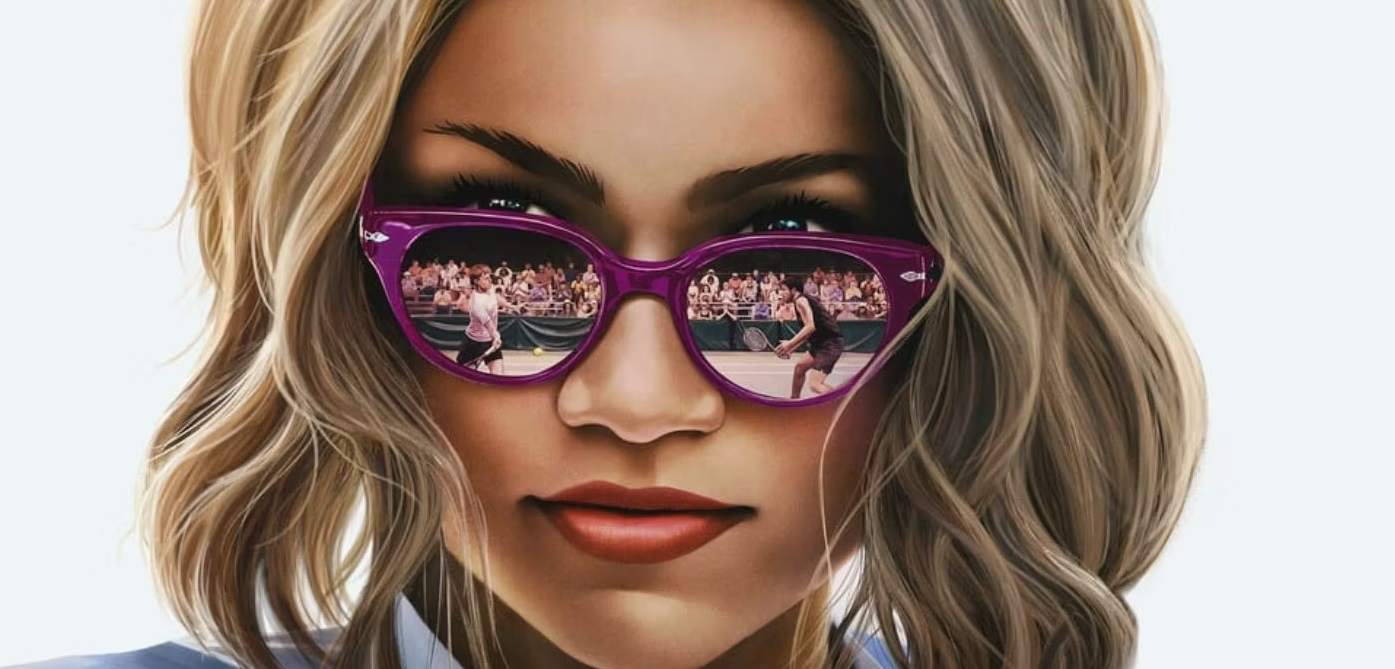
What Tyrone’s death means for the LGBTI Aboriginal community
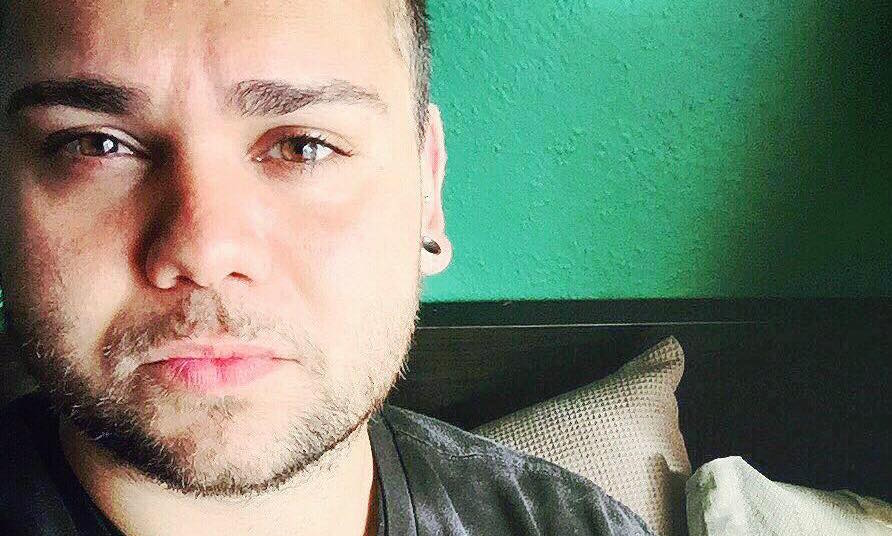
Warning: This story discusses suicide
WHEN news broke that a 13-year-old boy in Queensland had taken his life after allegedly being bullied for his sexuality, it hit the Australian LGBTI community hard.
Despite not knowing Tyrone Unsworth personally, many in the LGBTI community felt his pain from having faced homophobic bullying themselves.
But it was the Aboriginal and Torres Strait Islander communities, particularly those who identify as LGBTI within those communities who – other than his family and friends – were hit hardest by the boy’s death.
“It’s a hard one, I’m still grieving. There’s many emotions to process” said Tanya Quakawoot, co-founder of IndigiLez, a leadership and support group for Aboriginal and Torres Strait Islander lesbians and same-sex attracted women.
“This is not an isolated incident, this happens across many communities. Suicide is the biggest killer for our communities.”
LGBTI people have one of the highest suicide rates of any group in Australia and it is the leading cause of death for Aboriginal people aged between 15 and 35.
While official statistics do not exist on the rate of suicide for LGBTI Indigenous people, anecdotal and comparative evidence from Indigenous communities in Canada would suggest the rate is alarmingly high.
Indigenous LGBTI people believe it’s important to acknowledge Tyrone’s cultural identity, how that would have intersected with his sexuality, and what can be done in the future to protect other young people from bullying and self-harm.
“For Indigenous same-sex attracted, intersex and gender diverse people, we’re subject to multiple levels of discrimination based on our identity. We are minorities within a minority.” Quakawoot said.
“From a historical and generational context, settlements created a barbaric disparity between Indigenous and non-Indigenous people. This is due to dispossession of traditional lands, disconnection to culture, children being forcibly removed… people suffered from extensive abuse of all forms.
“It’s important to contextualise the disparities as an ongoing vicious cycle of inhumane behaviour. This all derived from colonisation and the criminalisation towards Indigenous people and the LGBTI community.
“Now we’re talking about intergenerational and trans-generational trauma in our communities as a major, major health concern.
“It makes it extremely difficult for us to survive.”
The issue is close to the heart for Jake Gablonski, an Aboriginal mental health advocate who grew up in Katherine in the Northern Territory.
“I think it hits home for the Indigenous LGBTI community a little more because we can relate to these things being quite difficult to talk about,” he said.
“We generally don’t feel comfortable talking about sensitive topics. Everyone is in shock that things are actually this bad.
“I think almost every Indigenous person would have come across discrimination at some point. This death was a result of that exact thing.”
Gablonski said growing up as a gay, Indigenous child was tough but believes arming educators, friends and family with information to support LGBTI kids will help to prevent tragedies like this occurring.
“I think especially in remote communities, the Safe Schools program is significantly important,” he said.
“As a kid, there’s so much going on in your head, your body, your life as you are growing up. A lacking in support services, and culturally appropriate services could result in what we have seen in young Tyrone with potentially too much going on at once. Absolutely devastating.”
Psychology and criminology university student Zachary Penrith-Puchalski can relate to Tyrone’s story as an Aboriginal man who grew up in a major city.
Penrith-Puchalski was angry that Tyrone’s cultural identity was ‘whitewashed’ in early media reports of his death, especially because it would have potentially played a big part in shaping who he was.
“I understand gay rights is very important and I would never take away from that, but gay people they tend to… discolour their movements and ignore other backgrounds,” he said.
“Maybe it makes for a more cohesive story, the simpler a story is, the easier it is to read. It’s more compact and easier to digest, there’s no frayed edges and people don’t have to think about it. Because when you bring up Aboriginality it makes you have to think about a whole range of things.”
Growing up in the south-eastern Melbourne suburb of Brighton, Penrith-Puchalski was the only Aboriginal student at his school. Even when he started attending university, he would delight in seeing Kuku Yalanji pop star Jessica Mauboy’s face gracing the cover of glossy magazines and believes more positive role models are needed to be visible in mainstream media to help young Aboriginal people.
“It nearly made me cry seeing someone who looks like me who doesn’t have that traumatic story. Hers is a very typical Indigenous story… but usually you have to have that harrowing story to get anywhere. It’s a repeated, overdone narrative.
“I’d like to see an Indigenous person who has no harrowing story get a character in shows.”
Dameyon Bonson, the founder of Australia’s only dedicated Indigenous LGBTI organisation Black Rainbow, agrees.
“When we lose one of our own, gay or Indigenous, it is always hard. Rarely do we have such a young death like Tyrone’s where his sexuality and Indigenous identities are known. So many of our closeted mob end their life,” Bonson said.
“I’d like to see more of the gay press, and the Indigenous press, celebrate us outside of tragedies of Tyrone, Mardi Gras and NAIDOC.
“Last month the ATSISPEP (Aboriginal and Torres Strait Islander Suicide Prevention Evaluation Project) report was released with a specific recommendation of inclusion for LGBQTI identifying Indigenous people. Organisations and others will have to be wilfully ignorant to ignore its importance and to not implement.
“I applaud the gay community for speaking out on the bullying Tyrone experienced, however, I am reluctant to join its Safe Schools chorus; I am not sure the Safe Schools program has been developed to reposed to the intersectional lives of Indigenous rainbow youth.”
If you or someone you know needs help, please contact one of the below organisations:
Lifeline: 13 11 14
Suicide Call Back Service – 1300 659 467
Kids Helpline (for young people aged 5 to 25 years): 1800 55 1800




